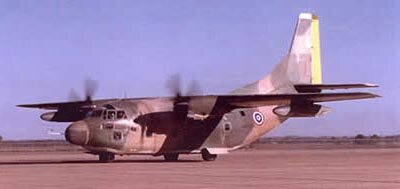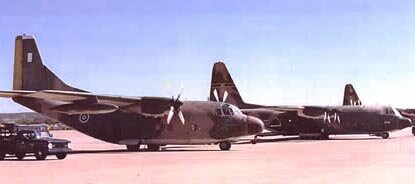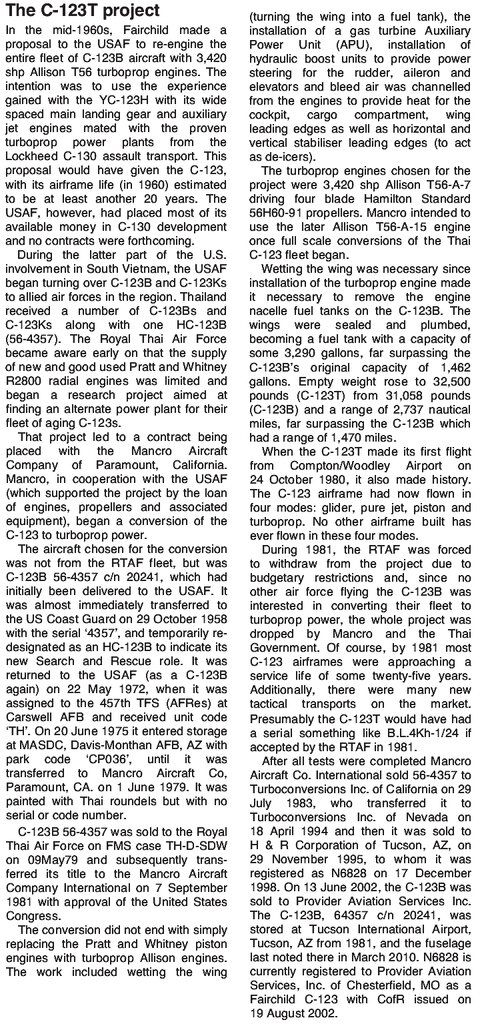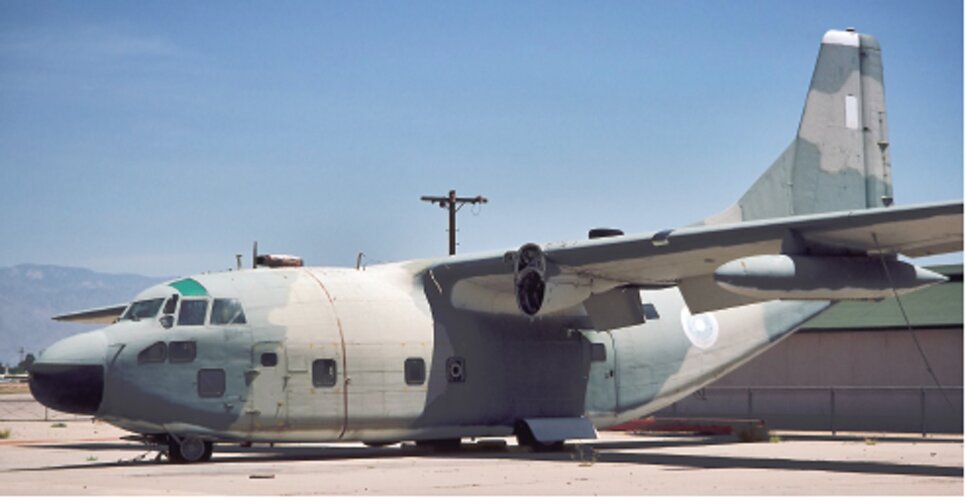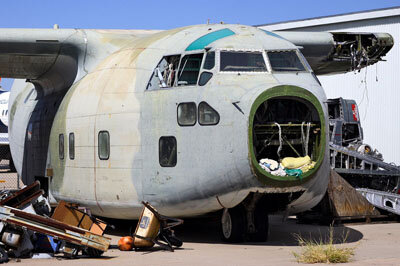I am looking for the details on the avionics suite of the ROCAF C-123Bs used in special duty ops in Nam in the late 1960s. In 1966, they received the Bendix RDR-10 weather radar with the antenna installed over the cockpit, and the AN/ARN-131 Omega Navigation System. Two years later they were brought to the C-123K standard with underwing jet engines. The ECM was also added and consisted of the AN/APR-25 RWR and AN/ALE-1 chaff dispenser to protect against SA-2 SAM radars. What other avionics pieces were installed on these birds?
This photo from Flickr clearly shows the characteristic weather radar antenna over the cockpit and RWR sensors in the lower section of the nose.

C-123 CARGO PLANE (RETIRED) by mambo1935, on Flickr
This photo from Flickr clearly shows the characteristic weather radar antenna over the cockpit and RWR sensors in the lower section of the nose.

C-123 CARGO PLANE (RETIRED) by mambo1935, on Flickr



